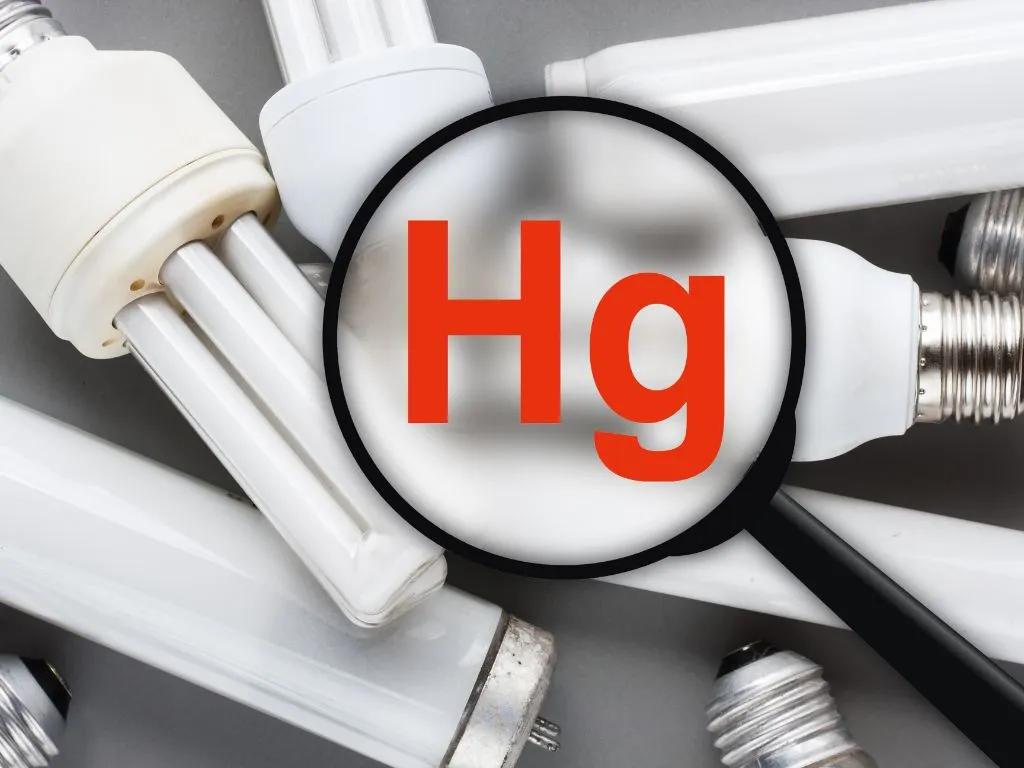- Home
- GPC UK
UK - Home
Login
Forget Password
News

UK Outlines Major UK REACH Reforms and PFAS Measures in the Environmental Improvement Plan 2025
Dec-09-2025
On 1 December 2025, the UK government published the Environmental Improvement Plan (EIP) 2025, setting out a series of actions that will guide the country’s approach to chemicals regulation over the coming years. The plan includes substantial commitments to reforming the UK’s Registration, Evaluation, Authorisation and Restriction of Chemicals Regulation (UK REACH), as well as strengthening national measures on per- and polyfluoroalkyl substances (PFAS).
Reform of UK REACH
Under Commitment 40 of the EIP, the government outlines its plans to reform UK REACH to ensure that protections against chemical pollution can be applied more quickly and efficiently. Regulatory decisions made by trusted jurisdictions will form the basis of UK assessments, unless compelling reasons exist to diverge from them. This will bring the UK closer into alignment with key trading partners, particularly the EU, by December 2028. The government also aims to reduce business complexity and trade barriers while maintaining high levels of protection.
The EIP confirms that transitional registration deadlines under UK REACH will be extended, with legislation expected by October 2026. Authorities will also progress the proposed restriction on lead in ammunition, working with devolved governments to complete the process by August 2026.
Further actions include assessing, and where appropriate, adding substances to Annex XIV (the UK REACH Authorisation List) by the end of 2027. The authorisation process will also be run to ensure proper control of substances of very high concern (SVHCs), and to encourage substitution. The government will also review the interim principles for additions to the UK REACH Candidate List of SVHCs by December 2026, with a view to updating the list for the first time since the UK’s departure from the EU. In addition, an annual UK REACH work programme will continue to set out planned priorities and activities.
PFAS Plan and Regulatory Measures
Commitment 41 of the EIP focuses on targeted action to address PFAS. In 2026, the government will publish a PFAS Plan setting out regulatory and non-regulatory measures, including specific actions and delivery milestones, to improve understanding of PFAS, identify harmful releases, and strengthen the protection of the environment and public health.
The EIP also confirms that in 2027 a decision will be taken on whether to implement a UK REACH restriction on PFAS in firefighting foams. This follows the proposal developed by the Health and Safety Executive (HSE), which has been agreed by the devolved governments of Scotland and Wales. Ongoing guidance and tools will be provided to support the management of PFAS contamination.
Additional Chemicals Commitments
The EIP includes further commitments relevant to chemical management. Commitment 42 covers the implementation of obligations under international agreements, including updates to the Stockholm Convention on persistent organic pollutants (POPs), and new restrictions on mercury-added products under the Minamata Convention.
Commitment 43 sets out actions to increase the destruction of POPs found in waste by 2030, including compliance campaigns, sampling, testing and enhanced regulatory oversight at waste treatment sites.
Commitment 44 focuses on eliminating the use of polychlorinated biphenyls (PCBs) in equipment by the end of 2025. This includes enforcement against equipment used beyond legal deadlines, as well as ensuring proper decontamination or disposal.
The full text of the Environmental Improvement Plan 2025 can be found here.

New UK Restrictions on Mercury-Added Products Take Effect in December 2025
Dec-08-2025
On 2 December 2025, the UK Government published the Control of Mercury (Amendment) Regulations 2025, introducing new restrictions on a wide range of mercury-added products. The regulation was made on 1 December and will enter into force on 23 December 2025. This update brings Great Britain into line with the amendments to Annex A of the Minamata Convention on Mercury that require the phase-out of specified mercury-added products.
New Restrictions on Mercury-Added Products
The amendment expands the list of products that can no longer be manufactured, imported or exported in Great Britain. Newly prohibited items include:
- Multiple categories of fluorescent lamps
- Mercury-containing lamps used in electronic displays
- Mercury vacuum pumps
- Strain gauges used in medical devices
- High-precision measurement and monitoring instruments
- Melt pressure transducers, sensors and transmitters
- Photographic film and paper containing mercury
- Industrial components, such as tyre balancers, wheel weights, and certain aerospace propellants
Most prohibitions will apply from 31 December 2025, while selected lighting products have extended deadlines in 2026 and 2027.
Alignment with International Obligations
These updates align with the UK’s international obligations under the Minamata Convention, which requires Parties to phase out specified mercury-containing products. The government acknowledges that the market has already moved away from many of the affected items and therefore anticipates minimal disruption to businesses and public bodies. Both Scotland and Wales consented to the amendments under the established intergovernmental procedures.
Impact on Businesses and Market Compliance
The new requirements reinforce the ongoing transition to mercury-free technologies. Businesses placing lighting products, electronic displays, industrial components or specialised measuring devices on the market must verify whether the updated prohibitions apply to their products.
Next Steps
The amended regulation will enter into force on 23 December 2025. Updated government guidance is expected to follow. Companies handling or distributing mercury-added products should assess their inventories and ensure compliance with the new deadlines.
Login
Forget Password
Global Product Compliance (GPC) specializes in Global Regulatory Compliance Solutions across sectors
globally. SSS Europe, a familiar name in chemical regulatory and compliance services now formally belongs
under the umbrella of GPC Holding Sweden.
Since 2008, we have emerged as one of the leading names among Global Regulatory Compliance Service
Providers with Representation services in Europe, Asia and Middle East for respective chemical
regulations.

 Twitter
Twitter
